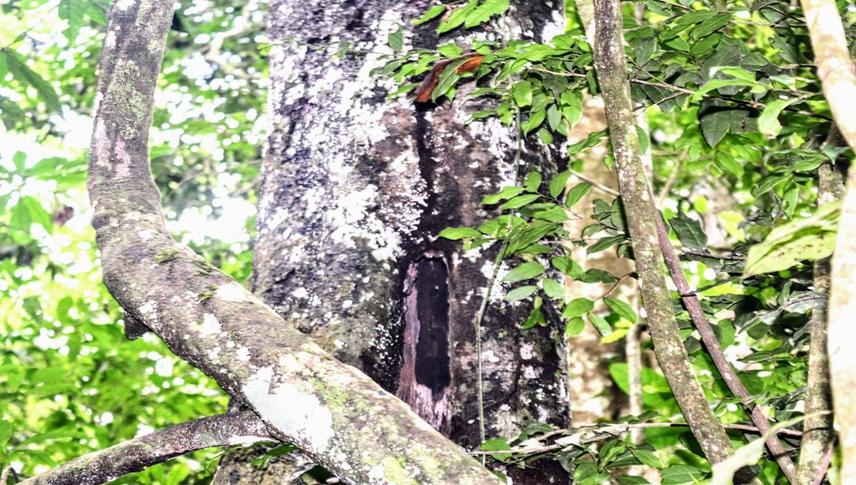Ezra Peter Mremi
The project will take place at Amani Nature Reserve in Eastern Usambara, Tanzania, spanning 8,380 hectares (83.8 km²). The East Usambara landscape is one of the most important sites in Africa for birds, with several endemic and endangered species. The Sokoke scops owl (Otus ireneae) and the Usambara eagle owl (Bubo vosseleri) are two endemic species that can be found in the landscape. The two species face a great challenge of habitat degradation and habitat loss that could threaten their existence. The two species prefer to live in natural forests that are less disturbed by human activities, but human encroachment and logging pose a major threat to their suitable habitats. Also, like any other owl species in the country, they face a problem of bad cultural beliefs and superstitions, where people associate owls with death or bad omen. These are some of the major setbacks in the conservation of these endangered species, where communities need to be educated on the importance of these species for their long-term survival. The aim of this project is to conserve the current population and habitat of Sokoke Scops Owl and Usambara Eagle Owl in the Eastern Usambara Mountains. Using scientific research findings and local community engagement, the study aims to produce baseline information about these owls’ current population and distribution, then engage collaborative efforts in conserving them.

The Usambara eagle owl nesting site at Amani Nature Forest Reserve. ©Ezra Mremi.
Researchers have recently been investigating the vocalizations of these owls to identify unique calls and establish vocal communication patterns. Through studying their vocalizations, this project can gain insights into their territorial behavior, mating systems, and individual recognition. This knowledge could be crucial for monitoring and managing their populations effectively. Further, by studying the vocalizations of these species, the project will be able to study their distribution patterns and population size. Additionally, the project will initiate an awareness program aimed at targeting locals around the forest reserve, to understand the importance of conserving the owl species.